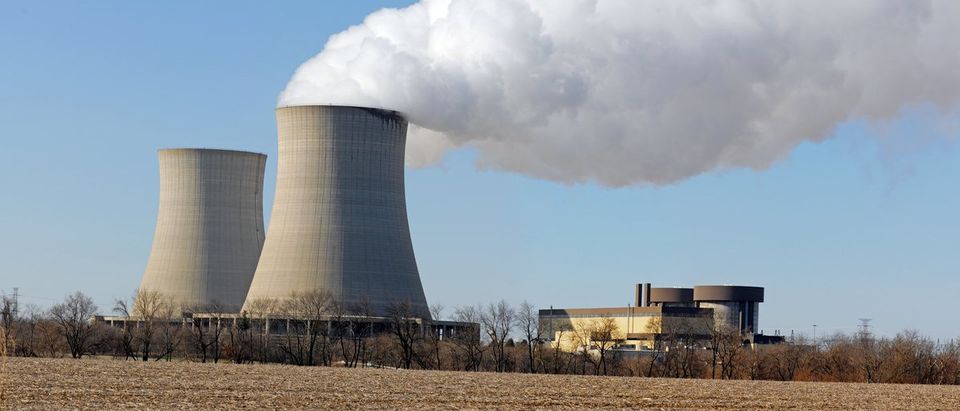Power companies in Idaho and Utah announced Sunday that they’re teaming up to build the first small modular nuclear reactors in the world that will provide electricity to nine Western states.
The reactors would replace 320 megawatts of electricity generated from coal power plants, which could soon be forced to close under increasingly stringent environmental regulations.
“What is exciting is a utility provider based in Utah that serves Utah municipalities and Utah customers is on the leading edge of a cutting technology. We think that is fantastic,” Jeffrey Barrett, the deputy director of Utah’s Governor’s Office of Energy Development, told Deseret News.”There are all sorts of pressures to move to carbon free resources and the modular reactors seem to be a good fit. ”
The Tennessee Valley Authority (TVA) submitted the first-ever permit application to the Nuclear Regulatory Commission (NRC) for a small modular nuclear reactor in May. The NRC still does not have a working regulatory process for modular reactors, so the project could be bureaucratically delayed until 2024.
Each modular reactor can generate 50 megawatts of energy and the plan is to build six to 12 of them. Modular reactors could be a game changer for nuclear power as they have the potential to be much cheaper than conventional reactors since they can be manufactured completely in a factory. These reactors would also require far less up front investment, making them much more capable of powering remote areas. These reactors would also be cost competitive with natural gas electricity.
The project has been supported by about $250 million in grants from the U.S. Department of Energy.
America currently operates 99 conventional nuclear reactors across 61 commercially operated nuclear power plants, according to the Energy Information Administration. The average nuclear plant employs between 400 and 700 highly-skilled workers, has a payroll of about $40 million and contributes $470 million to the local economy, according to the Nuclear Energy Institute.
America’s first new nuclear reactor in 20 years went online in late May after 44 years of construction.
Of the 59 new nuclear reactors under construction worldwide, only four of them are being built in the U.S., just enough to compensate for shutting down older reactors. The average American nuclear reactor is 35-years-old, nearly obsolete by modern design standards and near the end of its operating license. Within the past two years, six states have shut down nuclear plants and many other reactors are risking premature retirement.
Instead of building more modern reactors, the government is planning to simply extend the operating licenses against the advice of its own technical staff. The country’s youngest nuclear plant, Tennessee’s Watts Bar 1, entered service in 1996. America’s oldest operating reactors — Oyster Creek in New Jersey and Nine Mile Point in upstate New York — entered service in 1969.
Unlike solar and wind, nuclear power receives no federal tax credits or state green energy mandates. Nuclear power does receive subsidies, but it gets 81.5 times less than solar power per unit of energy generated. Nuclear energy provides 19 percent of the nation’s electricity, but struggles to compete against heavily subsidized solar and wind power or cheap natural gas.
Send tips to andrew@
All content created by the Daily Caller News Foundation, an independent and nonpartisan newswire service, is available without charge to any legitimate news publisher that can provide a large audience. All republished articles must include our logo, our reporter’s byline and their DCNF affiliation. For any questions about our guidelines or partnering with us, please contact licensing@dailycallernewsfoundation.org.


